Wines of the Holy Land
[아츠앤컬쳐] 와인은 오늘날의 이스라엘 땅에서 수천 년 동안 생산되어 왔다. 이스라엘 사람들은 성서 시대부터 포도주 제조 기술을 알고 있었고 여기에 몇몇 의미 있는 이야기들이 있다.
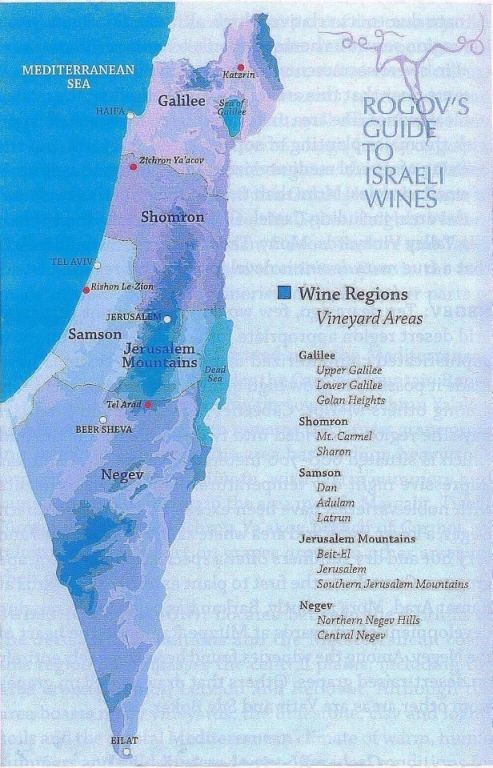
성경의 포도주에 대한 첫 언급 중에 노아에 관한 이야기가 있다. 창세기를 보면, 노아는 홍수에 대비해 방주를 지었다. 큰물이 가라앉자, 그는 포도원을 만들고, 거기서 나온 포도주를 마시고 술에 취했다고 한다. 그리고 신명기에는 포도나무 열매가 이스라엘 땅의 일곱 가지 복된 열매 중 하나로 기록되어 있다.
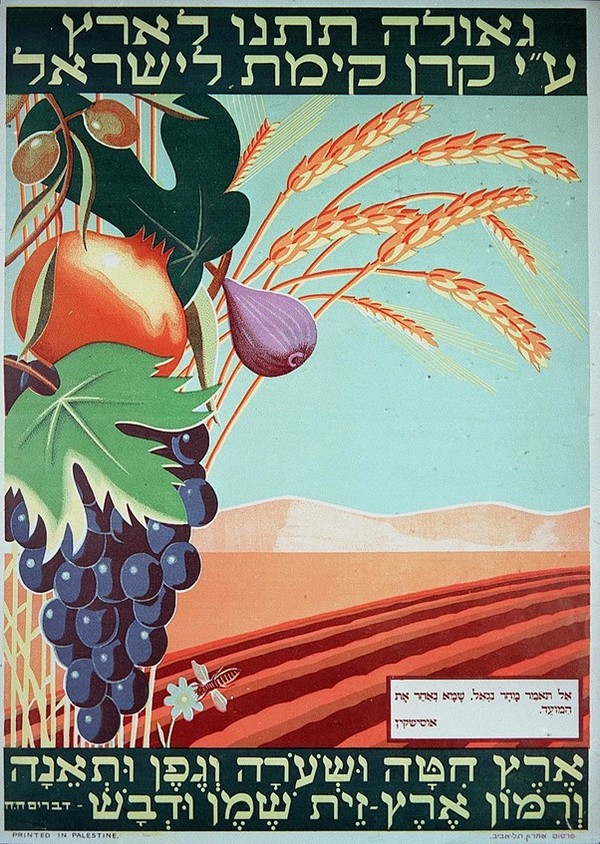
현대 이스라엘은 메소포타미아-이집트 사이의 유서 깊은 포도주 교역로를 따라 위치해 있으며, 수세기 동안 중동의 이슬람 통치 아래 방해를 받아왔다.
십자군 시대(12세기 초~13세기 말)에 성지 베들레헴과 나사렛에 포도밭이 다시 생겼지만, 아주 잠깐이었다. 1291년 예루살렘왕국의 마지막 거점인 아크레가 함락된 후, 이슬람교도들은 이 지역 전체를 다시 장악하게 되었고, 십자군 기사들은 중동에서 온 것으로 알려진 샤도네, 머스캣, 쉬라즈 등 많은 포도 품종을 가지고 유럽으로 돌아갔다.
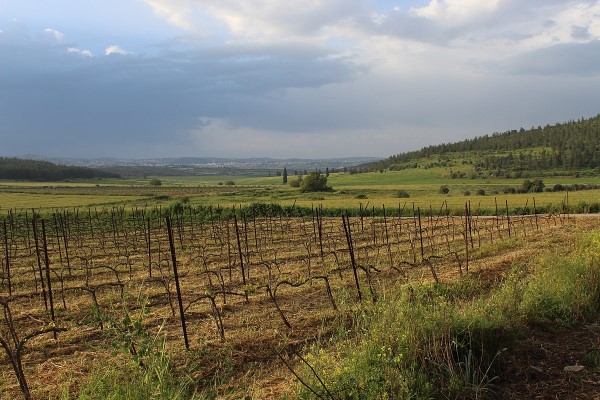
현대 이스라엘 포도 재배의 선구자는 프랑스 남작 에드몽 드 로스차일드인데, 그는 1882년 오스만제국 시절 팔레스타인에 카멜 와이너리를 설립한 사람으로 보르도의 샤토 라피테-로스차일드의 소유주였다. 이스라엘은 지중해성 기후에 골란고원을 포함한 갈릴리, 텔아비브와 예루살렘 사이의 유대 언덕, 사마리아, 해안 평원, 네게브 광야 등 5개 지역에 포도밭이 있다.
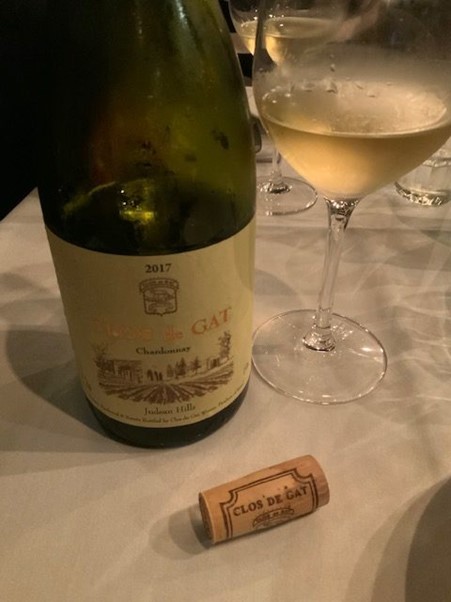
대부분의 이스라엘 와인은 고대 코셔의 규칙을 따라 만들지만, 일부 비(非)코셔 와인도 생산하며, 카베르네 소비뇽, 메를로, 샤도네, 쉬라즈, 카리냥, 소비뇽 블랑이 주요 재배 포도 품종이다. 주목할 만한 화이트와인 중에는 비트킨 와이너리의 ‘Israeli Journey’가 있는데, 비오니에, 게뷔르츠트라미너, 그르나슈 블랑 포도가 혼합되어 있으며, 부드러운 향과 살구, 패션후르츠, 밤꿀 맛이 느껴진다. 시음할 때, 약간의 아몬드 맛과 산도 사이의 밸런스가 느껴진다.
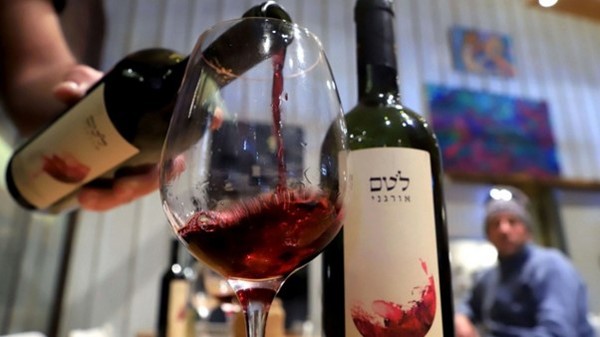
레드와인으로는 초콜릿과 허브, 향신료 향이 강한 골란하이츠 와이너리의 카베르네 소비뇽 품종인 '야르덴 엘 롬'을 꼽을 수 있다. 맛은 매실과 블랙베리의 향이 나며 부드럽다.
이스라엘의 드라이한 레드와인, 화이트와인은 메제, 후무스를 바른 팔라펠, 샥슈카, 쿠스쿠스, 베드로생선과 망갈, 구운 여러 고기와 같은 중동 및 지중해 요리와 잘 어울린다.

Wines of the Holy Land
Wine has been produced in the land of present-day Israel for thousands of years. Israelis have known the art of winemaking since biblical times and there are some stories worth telling.
One of the first mentions of wine in the Bible is about Noah. According to the Book of Genesis, Noah, as is well known, built an ark to prepare for the flood. When the water subsided, he planted a vineyard and got drunk because he drank much of the wine he had made from it.
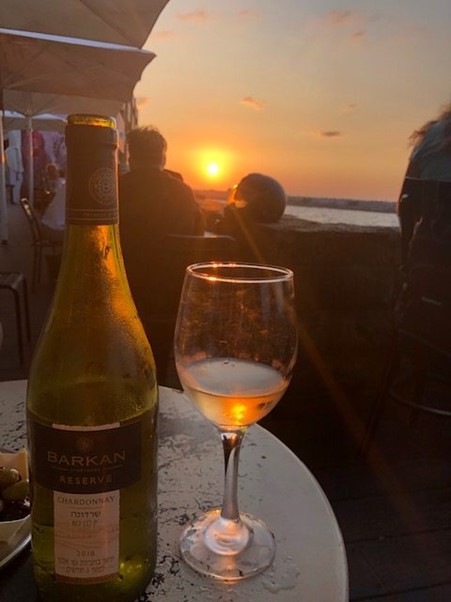
Still in the Bible, in the Book of Deuteronomy, the fruit of the vine was listed as one of the seven blessed kinds of fruits in the Land of Israel.
Modern Israel is located along a historic wine trade route between Mesopotamia and Egypt that was hampered, over the centuries, under Islamic rule of the Middle East.
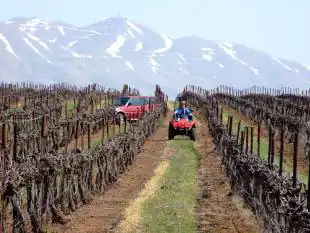
During the period of the Crusaders States (early XII~ late XIII century AD), vineyards reappeared in the Holy Land, with grapes planted in Bethlehem and Nazareth, but it was a short interlude. After the fall of Acre, the last stronghold of the Christian Kingdom of Jerusalem, in 1291, the Muslims regained the control of the whole area. Crusaders knights returned to Europe bringing many grape varieties, such as Chardonnay, Muscat, Shiraz, which are said to come from Middle East.
The pioneer of modern Israeli viticulture was the French Baron Edmond de Rothschild, owner of the Bordeaux estate Chateau Lafite-Rothschild who in 1882 founded Carmel Winery in the then Ottoman Palestine, still the largest one in Israel today.
Israel has a Mediterranean climate and most of its vineyards are in five regions: Galilee, including the Golan Heights; Judean Hills, between Tel Aviv and Jerusalem; Shomron Mountains, the Coastal Plain and the Negev Highlands.
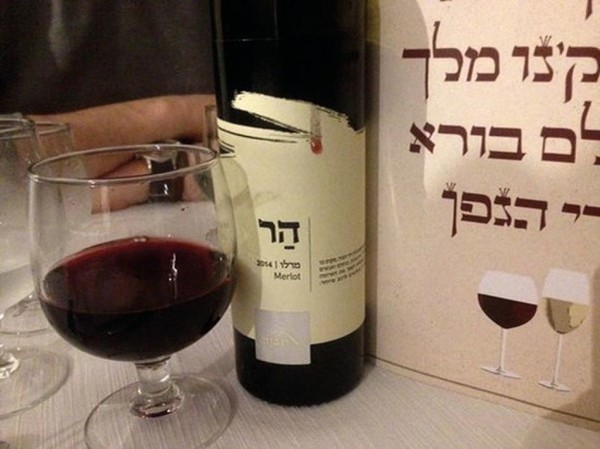
Most of the Israeli wine is made following the ancient Kosher rules, but there are also some non-Kosher wines in the country, while Cabernet Sauvignon, Merlot, Chardonnay, Shiraz, Carignan, Sauvignon Blanc are the main cultivated grape varieties. Among the noteworthy white wines there is “Israeli Journey” from Vitkin Winery, a blend of Viognier, Gewurztraminer and Grenache Blanc grapes, with a mellow aroma, hints of apricot, passion fruit and chestnut honey. On tasting, a balance between flavor and acidity is noted, with slight hints of almonds.
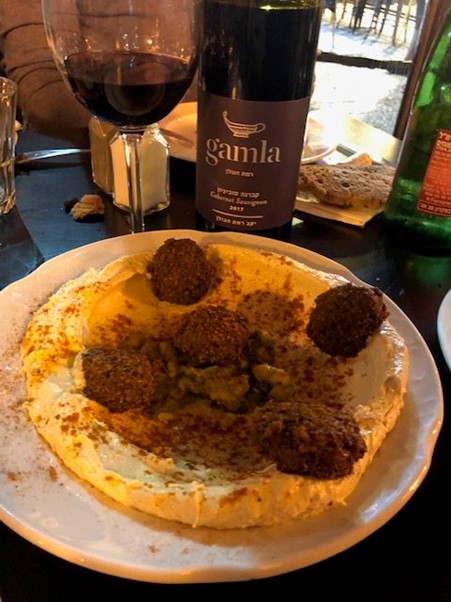
Regarding red wines, “Yarden El Rom”, a Cabernet Sauvignon from Golan Heights Winery is worth mentioning, with an intense aroma of chocolate, herbs and spices. The taste is soft, with notes of plum and blackberries.
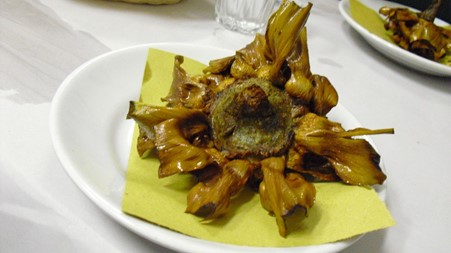
Both dry white and red Israeli wines pair with the Middle Eastern and Mediterranean dishes, very popular in Israel, such as meze, hummus-seasoned falafel, shakshouka, couscous, St.Peter’s fish and mangal, mixed grilled meats.

글 | 에밀리아노 펜니지 Emiliano Pennisi
Sogang University lecturer of Italian language
Wine scholar and expert
He attended sommellier courses in Italy

